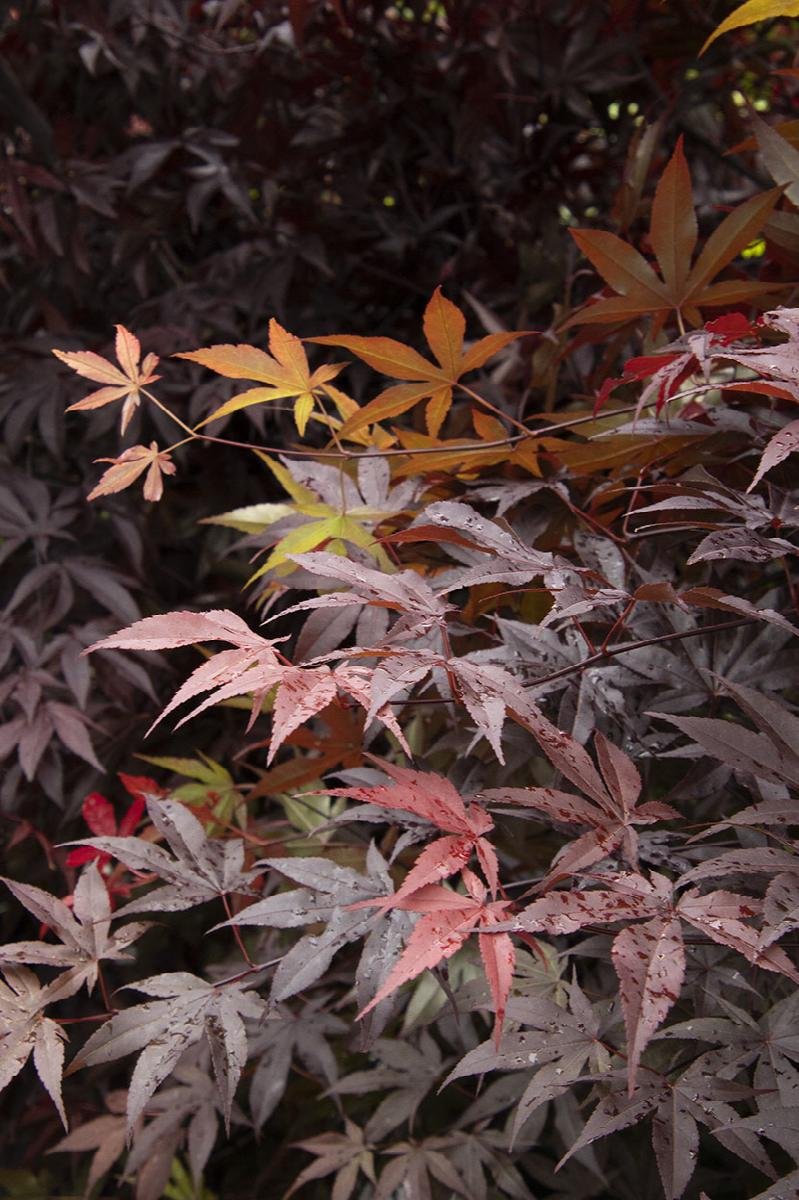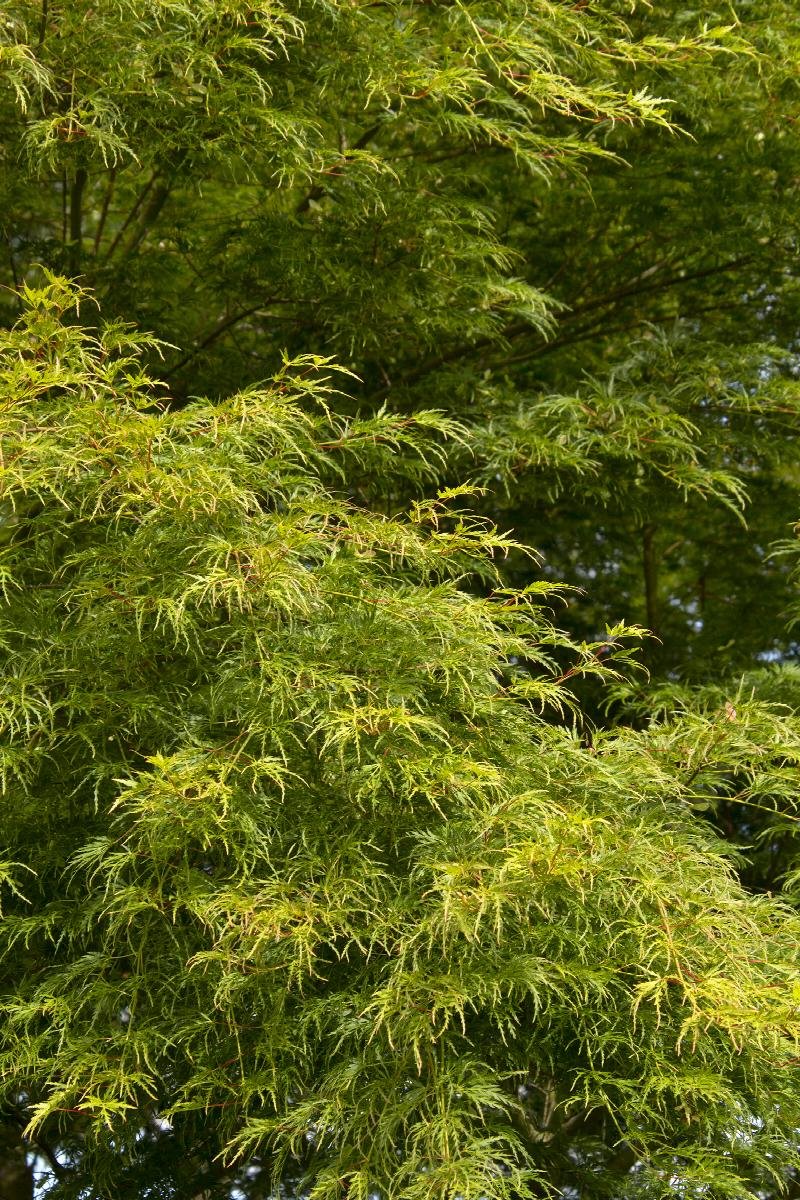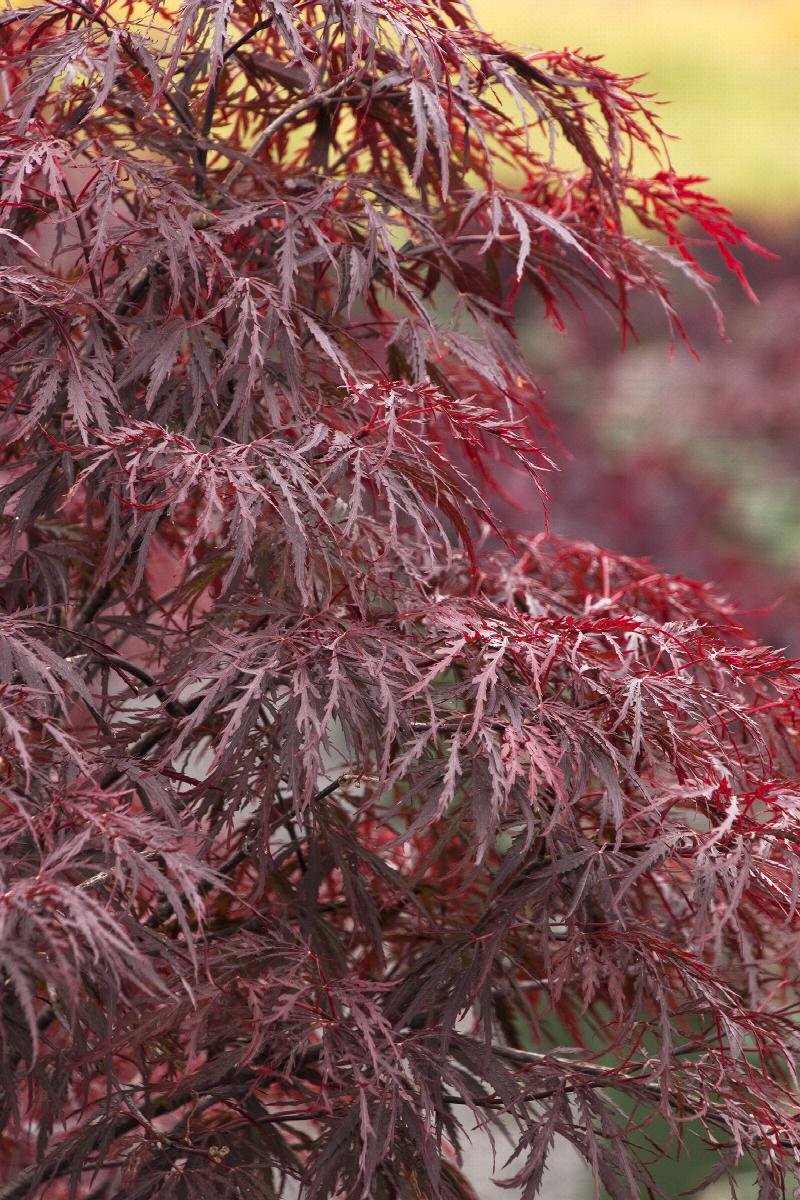How to Grow & Care for Japanese Maple Trees
Japanese Maple trees are truly one of nature's most stunning creations. With their delicate, lacy leaves and graceful branches, these trees can add a touch of elegance and sophistication to any garden or landscape.
We can attest that the beauty of Japanese Maple trees is not just skin deep. These trees are also incredibly versatile and adaptable, with a wide range of varieties to suit different growing conditions and garden styles.
In this blog post, we’ll delve into the art of cultivating Japanese Maple trees, from selecting the right cultivars and planting them in the proper location to nurturing them to maturity and enjoying their magnificent foliage. So grab your gardening tools, and let's explore the wonders of Japanese Maple cultivation together!
Planting Site
Japanese Maples need sunlight to fight off disease, grow optimally, and display their best colors. Bear in mind that they’re susceptible to leaf scorch, especially if they’re younger trees. Larger trees are able to shade their own roots.
Whether in a pot or in the ground, your maple needs protection from wind, direct mid-afternoon sun (between noon to 4 PM), and reflected heat.
Plant your tree in eastern and northern sites with intermittent shade from larger trees. Expect some leaf scorch in hot areas during the first few years as it acclimates to its site.
How to Plant Your Japanese Maple In-ground
Step 1: Dig a hole 2 times as wide as the rootball, and make the depth of the hole just as deep as the rootball itself.
Step 2: Blend 1 part native soil from the hole and 2 parts G&B Organics Acid Planting Mix, along with G&B Organics Rhododendron, Azalea & Camellia Fertilizer and GROWMORE Granulated Soil Sulfur per directions on the box according to the size of your tree.
Step 3: Lift your tree out of its container. Gently tease the roots.
Step 4: Place the rootball in the hole and backfill it with the soil blend that you made. Press down firmly as you fill the hole. The final height of the rootball should be 1 inch above the ground.
Step 5: Form a raised ring about 4 inches high around the edge of the planting hole. Add 2 inches of mulch around the rootball while leaving a 6-inch gap around the trunk.
Step 6: Water slowly and thoroughly by filling the area inside the raised ring.
Step 7: Check the soil moisture daily. IMPORTANT: Water only if the soil feels barely damp at 2 to 3 inches deep. Keep the soil moist but not soggy.
When watering, slowly fill the area inside the raised ring twice.
During a heat wave, you can help minimize scorched leaves by providing your tree with a solution of 1 tablespoon of white vinegar in 2 gallons of water once a month.
Japanese Maple Care
Leaf Scorch
When your tree’s roots heat up, they’re unable to distribute water efficiently, causing the leaves to lose moisture quickly.
The main causes of scorch:
Not enough shade for the root area.
Dry air from reflected heat coming from pavement, stone/brick walls, and white buildings
Frequent and shallow watering causing shallow roots that heat up quickly and also salt build-up that results in salt-burned leaves
Prevent Leaf Scorch
Mulch a 2- to 3-inch layer around the tree to keep the roots cool starting in May
Water deeply and slowly to help the development of a deeper root system and prevent salt build-up
If your tree is in a container, group small potted plants around it to create a heat-absorbing bufferIn spring and fall, apply GROWMORE Granulated Soil Sulfur. Use the vinegar-water solution monthly from June to August to help neutralize salts and lower PH.
Root Rot
If your tree’s leaves have brown or black tips, it may be a sign of root rot or overwatering. While fungicides won’t help with root rot, time and proper drainage can help revive your tree if it’s healthy.
You can prevent root rot by:
Planting at least 1 inch above the surrounding soil
Avoiding over-watering. Make sure sprinklers spray away from the bark of the tree
Pests
If the leaves of your tree appear curled and puckered, it may be a sign of aphids.
You can deter aphids by shooting a strong spray of water on the affected areas.
How to Prune Japanese Maples
Japanese maples grow into beautiful shapes all on their own, but they do benefit from the removal of crossing limbs, dead wood, and dead leaves.
Make larger cuts in late winter and early spring, and trim less in mid-summer. Avoid heavy pruning in April and May when the tree’s energy reserves are typically low.
Sun & Heat Tolerant Japanese Maples
The maple varieties listed below can tolerate more sun and heat than other varieties; however, they’ll still exhibit leaf scorch until they mature and grow a broad enough canopy to shade their roots.
Emperor I Ⓡ Japanese Maple (Acer palmatum ‘Wolff’)
Prized for its dark crimson foliage that turns scarlet in fall, Emperor I has a graceful form with black-red bark. More cold-hardy than other varieties, it’s able to withstand late frosts as its leaves bud in late spring. It can also withstand more sun exposure; it displays its most intense color in full sun.
(photo credit: Doreen Wynja)
Laceleaf Japanese Maple (Acer palmatum ‘Seiryu’)
‘Seiryu’ grows upright and into a vase shape with delicate lace-like green foliage. In fall, the foliage becomes purplish-brown and then bright red.
(photo credit: Doreen Wynja)
Coral Bark Japanese Maple (Acer palmatum ‘Sango-kaku’)
Changing with the seasons, Coral Bark has a beautiful coral bark in winter, and then its pale green leaves lined with red edges become vibrant yellow in fall. Also great in containers.
(photo credit: Doreen Wynja)
Japanese Maples for Containers
Red Dragon Japanese Maple (Acer palmatum var. dissectum ‘Red Dragon’)
The deep purple foliage and deep dissection of leaves are stunning. The display of seasonal colors is perhaps the most exciting part. Its foliage transforms into a bright red in fall.
(photo credit: Doreen Wynja)
Dwarf Japanese Maple ‘Beni Hime’ (Acer palmatum ‘Beni Hime’)
‘Beni Hime’ is among the smallest dwarf Japanese maples with brilliant red shades. It grows slowly with a shrub-like mounding habit. Its small leaves display bright red in spring.
(photo credit: Brendan Adam-Zwelling)







